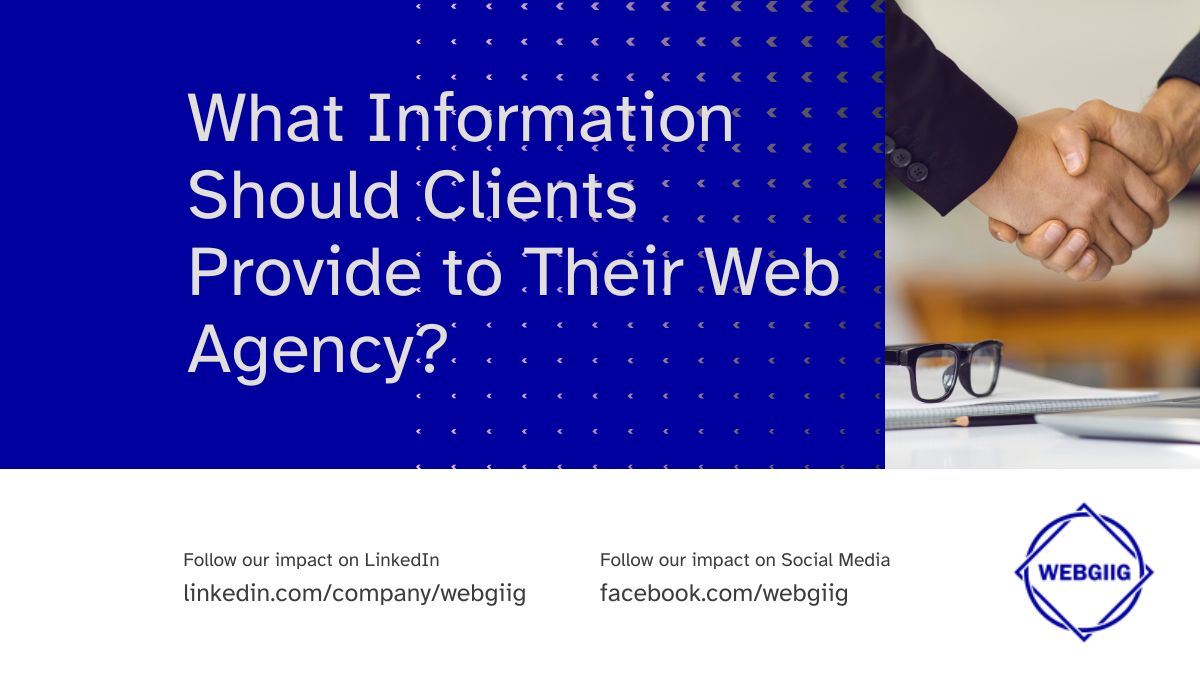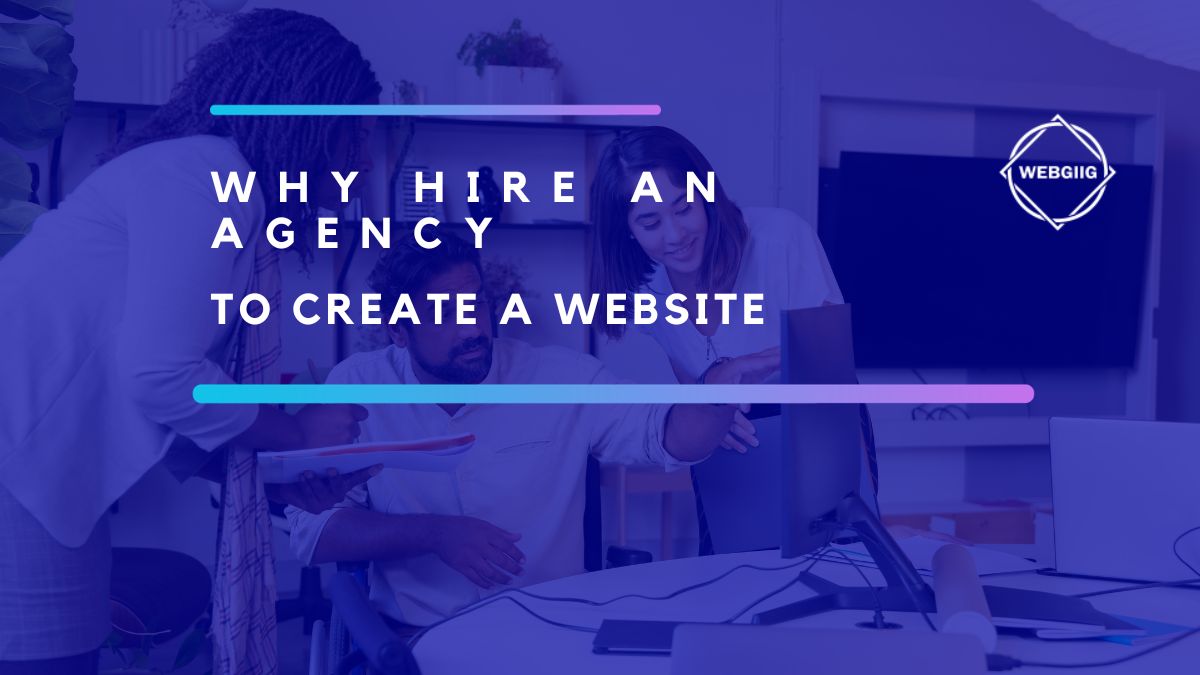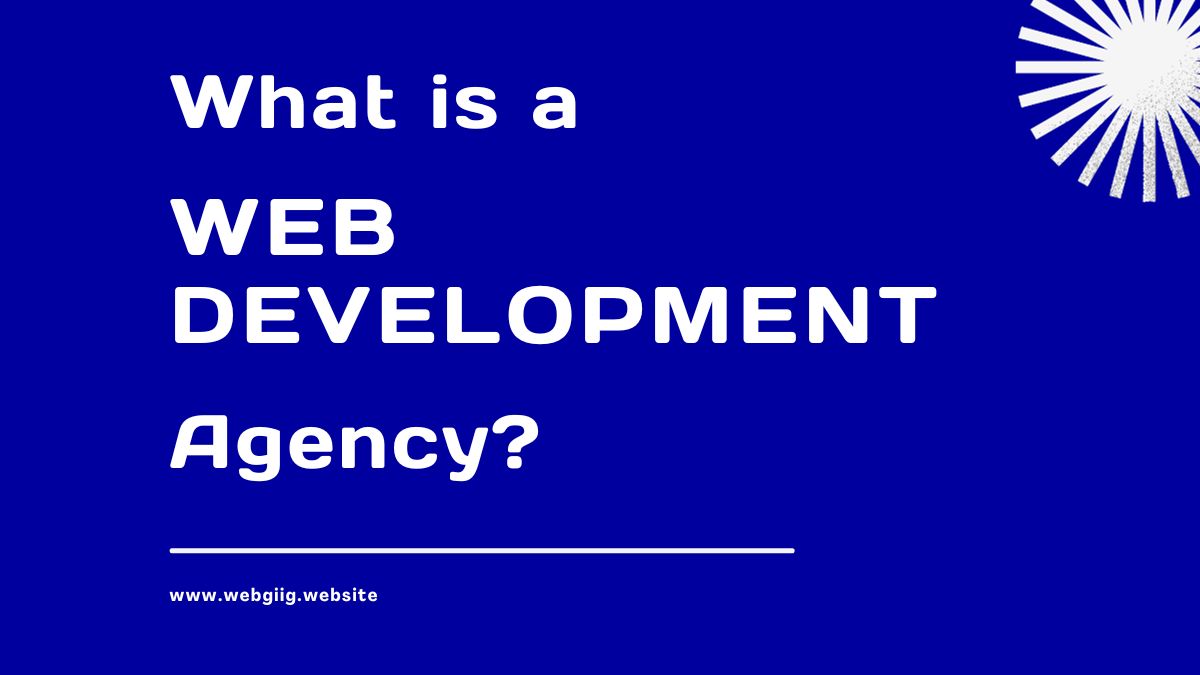Websites are often thought of as a digital business card. When someone hears about a service or a certain brand and wants to know more about its history, philosophy, contact details or portfolio, they start by surfing the Internet, from where they’ll quickly find all the relevant information on the official websites of companies.
The figures alone reflect how indispensable it is to fight competition today.
In a 2019 study conducted by AFNIC, 92% of companies say that their web presence is essential or useful to their business and 69% have a website.
A web presence has long been established for the majority of companies as the basic tool of their brand image. However, in many cases, they still have a long way to go. They often looking for a low-cost Internet presence which will be uploaded online as quickly as possible.
The result is homepages that do not have the desired effect, for a variety of reasons, and in the worst case, even leave a negative impression in the minds of potential customers.
In order for you to convince your website visitors, we have listed below the things to avoid when creating a website.
Mistake #1: Overloaded and unclear design
The design of the site is undoubtedly one of the main criteria for success. If you present your information without paying attention to the graphics and structure, you will have little chance of attracting visitors’ attention, let alone retaining it. On the other hand, if the creation of the website is too focused on a sleek and modern design, the other aspects may not be sufficiently noticed as well.
Many website operators aspire to a recognizable design and lose sight of aspects such as clarity or readability.
A classic mistake in this context is for example the use of too many fonts of different sizes, and of chromatic combinations that make it difficult to read or colors that are too bright.
A problem equally arises when the design distracts visitors from the content or information itself. This last point is likely to make visitors doubt your professionalism and credibility.
You’ll find specific tips on how to design your website in a user-friendly way in our article on design and effects of colors in web design.
Mistake #2: Inefficient navigation and user orientation
Ease of use is an aspect that is often neglected in the design of websites.
While the user experience is not only an important criterion for the satisfaction of the site’s visitors, it is equally good for the accessibility of the contents and offers of the site and the perception that visitors will have of it. It is therefore very surprising that many websites make life difficult with their complex navigation menus and superfluous technical gadgets that unnecessarily complicate the exploration of the site.
The lack of clear prioritization is almost always the main mistake here. Too much content is considered important, and everything must be highlighted. The result: a variety of menus, submenus, and sub-sub-menus that confuse visitors rather than guide them around the site.
The same is true with the use of interactive elements: if you include them in the wrong place or in too many places within your website, experience has shown that users will get overwhelmed and then quickly leave the site.
Further information on this subject can be found in our article on user-centric design.
Accessibility also plays a major role in this context. Design your website in such a way that even people with various disabilities can access and navigate its content.
Mistake #3: Do not update
One of the most common mistakes, which is certainly not made when creating a website, but is related to its design, is the lack of refresh content on the site.
It simply gives a bad impression when on the homepage, a company presents information about events or offers (blog, news) that are several years old. Even changes in the company’s organization or its visual image should be reflected on the website. This is also true for new product or brand names, opening hours, prices, contacts, etc.
Obsolete content on a website not only leaves a bad impression but is equally harmful to the SEO of the website!
If the website publishes entertainment content, it must also be updated.
Particular attention should be paid to internal and external links as well as embedded multimedia content from third-party sites: for example, if you do not regularly monitor YouTube videos, GIFs or social media posts, you will not know if they still exist and if they display correctly to the visitor.
Mistake #4: Not knowing the legal aspect
The legal framework of a website is much more complex than many managers generally think. However, as is often the case, ignorance cannot be argued: misuse of cookies, tracking tools and social plugins, incomplete or completely absent legal notices and violation of the protection of personal data, especially since the entry into force of the new General Data Protection Regulation (GDPR) are far from details.
Using text, images, music and videos without a license or the copyright holder’s consent can also be expensive.
Mistake #5: Forgoing a responsive website or mobile version
The share of mobile traffic in total traffic continues to increase year after year. And yet, there are still companies that still don’t optimize their web presence for smartphones and tablets. They do not use a responsive web design or a mobile version, even though most content management systems and site building systems provide features and templates of choice to create mobile-friendly websites.
Such sites are therefore difficult to view and use on mobile devices, hence, prompting users to close them immediately.
Moreover, since Google, the search engine market leader, favors websites that have been optimized for mobile devices, this will equally have a negative impact on search rankings.
Mistake #6: Lack of load time optimization
A common mistake when creating websites is not optimizing the loading times of different pages.
Loading speeds are often very low, thus, generating negative reactions both from visitors (high bounce rate) and search engine robots (poor positioning in search engines). The problem here is that poor website performance can have a huge variety of causes.
Identifying and eliminating them one after the other can be a significant challenge, even for sophisticated operators. Indeed, a long loading time can be due to a lack of server resources, complex source code (HTML, CSS, JavaScript), uncompressed images, embedded third-party content or non-existent but absolutely essential cache mechanisms.
Mistake #7: Insecure data transfer without SSL/TLS
Security is an important point for the majority of Internet users, especially when it comes to transmitting sensitive information (passwords, addresses or bank details) to websites. One of the biggest mistakes you can make when creating your website is to neglect the protection of user data, for example by giving up an SSL (TLS) certificate. In such a case, the file transfer runs over the insecure HTTP protocol that attackers can read and manipulate.
Browsers like Chrome and Firefox help users in identify websites that do not have an SSL (TLS) certificate by using indications such as “Connecting to this site is not secure.” Nowadays, the situation of such sites has thus become thorny. Even search engines like Google do not tolerate such careless treatment of user data and penalize the corresponding sites with poor positioning. If you have underestimated the topic until now, do not hesitate any longer and turn your website into HTTPS.
Avoid mistakes with our website templates
A website template is an interesting solution to some of these mistakes. Creating your website in this way is easy and intuitive, especially because you do not have to worry about the source code. Thanks to our numerous templates, you’ll be able to create your custom site in no time.
Simply choose the right design for your industry from our collection of website templates, then add your photos and that’s it. You can even edit them by inserting your own texts. The pack offers you advice on choosing the most suitable content.
Our templates are built in such a way that your site will easily be found by search engines. Advanced technology in the background adapts content in responsive design to the cutting edge. Your website will therefore be pleasant and easy to use on a smartphone or tablet.






